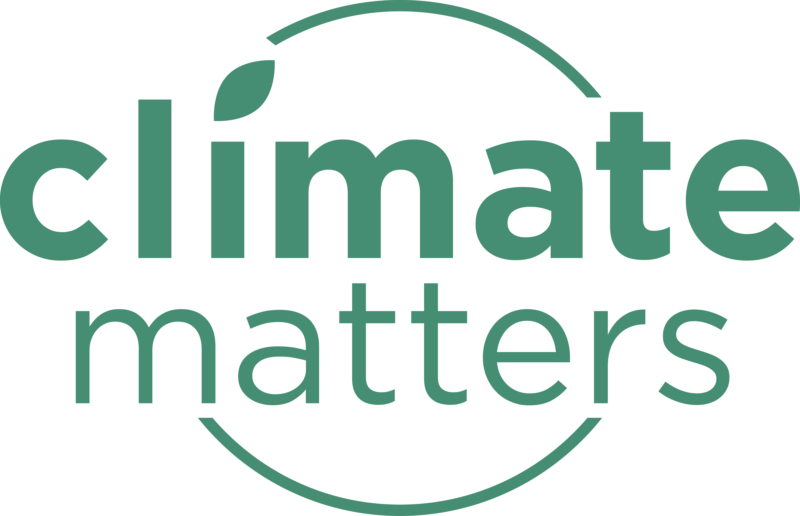Disruptive climate protests attract significantly higher engagement on social media—but also contribute to deeper polarization. This raises questions about how activist movements can—or should—design their actions and communicate their goals in polarized online environments.
In our “Study of the Month” series, the blog team presents recent research relevant to climate communication and social media studies. This month’s featured article is from our own group:
Meyer, H., Pröschel, L., & Brüggemann, M. (2025). From Disruptive Protests to Disrupted Networks? Analyzing Levels of Polarization in the German Twitter/X Debates on “Fridays for Future” and “Letzte Generation”. Social Media + Society, 11(2). https://doi.org/10.1177/20563051251337400
The discursive polarization of climate protests?
Disruptive climate protests are often accused of dividing public debate instead of advancing the discourse. The team wanted to get to the bottom of this—and therefore compared social media debates surrounding two climate movements: Fridays for Future and the Last Generation. As it turned out, we did indeed find more signs of polarization in discussions around the disruptive movement (LG)—although this was not driven by the movement itself or its supporters, but primarily by its opponents.
The study draws on the concept of discursive polarization (Brüggemann & Meyer, 2023), defined as the combination of ideologically polarized user networks and affective hostility across these opposing camps. Meyer et al. compare two prominent German climate movements—Fridays for Future (FFF) and Letzte Generation (LG)—to examine how disruptive protest tactics influence online debates.
Methods
- ~5 million German-language Twitter/X posts from ~200,000 user accounts were collected, covering January 2022 to June 2023.
- The most widely shared posts were manually coded to identify oppositional frames and the types of users amplifying them.
- A neural network-based classifier was applied to detect hate speech and offensive language, identifying toxic cross-group interactions.
Key Findings
Disruptive protests attract more attention—and more backlash
Posts related to LG generated nearly ten times more user engagement than those related to FFF. However, this heightened visibility coincided with a larger presence of antagonistic users and a higher frequency of extreme, delegitimizing frames. The discourse around FFF was predominantly supportive (71% support vs. 29% opposition), whereas the debate on LG was divided (53% vs. 47%).
Network Polarization
Both protest debates showed clear ideological polarization, but in different forms. FFF debates featured larger, more diverse supporter communities, while the LG network was more evenly split. Extreme frames discrediting the protests were primarily shared within right-wing communities; left-leaning users, on the other hand, more frequently emphasized the urgency of climate action or the legitimacy of the protests.
Toxicity in cross-group interactions
Overall, toxic language was twice as frequent in mentions and replies from protest opponents addressing supporters than in interactions within their own groups—while supporters did not exhibit similarly heightened toxicity in cross-group interactions. In debates about the disruptive LG, this disparity was twice as pronounced as in those concerning FFF.
Asymmetrical polarization through connective counteraction
While both protests generated connective action, LG also triggered what the authors call connective counteraction: a coordinated, adversarial backlash from right-wing and conservative users. Therefore, the polarization observed was asymmetrical—largely driven by one side of the ideological spectrum.
Conclusion
Meyer et al. demonstrate that while disruptive protest strategies generate widespread visibility, they also intensify discursive polarization. LG gave rise to connective counteraction—an online backlash network that right-wing actors were able to capitalize on. The study underscores a central dilemma in climate communication: disruptive action may be helpful in highlighting the disruptiveness of climate change, but it can also mobilize opponents and harden divisions. However, as Ostarek et al. (2025) showed, raising awareness and gaining public approval are not always aligned—and may even pull in different directions.

